Forces and Electricity Chapter Notes | Year 6 Science IGCSE (Cambridge) - Class 6 PDF Download
| Table of contents |

|
| Mass and Weight |

|
| The effects of forces |

|
| Floating and Sinking |

|
| Different circuits and circuit diagrams |

|
Mass and Weight
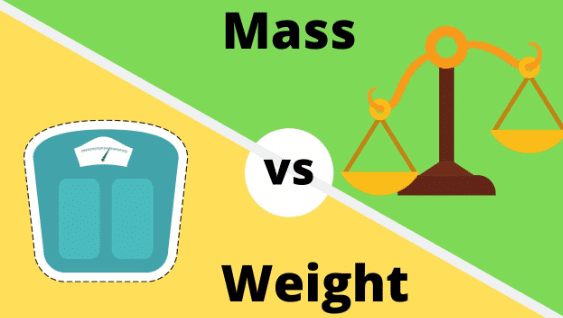
What is the difference between mass and weight?
- Mass refers to the amount of matter in an object, and it is measured in kilograms (kg). For example, if a baby has a mass of 3.6 kg, that means there is 3.6 kg of matter in the baby’s body.
- In everyday language, we often use the words "weigh" and "weight" to mean an amount in kilograms, which can be confusing because scientifically, mass and weight are different.
- Weight is the force of gravity acting on an object, and it depends on the strength of the gravitational pull. On Earth, gravity pulls all objects towards its center, and this pull is what we measure as weight.
- For instance, a person’s weight is the force with which the Earth pulls on that person’s mass.
- Scientists use a different unit to measure weight called the newton (N). A newton is a unit of force, and it was named after Sir Isaac Newton, an English scientist who lived about 400 years ago. Newton was the first to explain the concept of forces.
- To summarize, while mass is the amount of matter in an object and is measured in kilograms, weight is the force of gravity acting on that matter and is measured in newtons.
How does gravity affect weight?
- Objects have the same mass no matter where they are in the universe. Whether you are on Earth, the Moon, or Jupiter, your mass remains constant.
- However, your weight can change depending on where you are because weight is affected by gravity.
- Gravity is weaker on smaller objects, which is why your weight would be less on the Moon than on Earth. The Moon has less gravitational force because it has less mass compared to Earth.
- So, if you were to go to the Moon, you would weigh less even though your mass would stay the same.
Measuring Mass and Weight
Measuring Mass:
- Mass is measured in grams (g) and kilograms (kg) using a measuring scale.
- For instance, when baking a cake, you measure the mass of ingredients like flour, sugar, and butter in grams on a measuring scale.
Measuring Weight:
- Weight is measured in Newtons (N) using a device called a forcemeter.
- A forcemeter consists of a hook at one end to hang the object being measured and a scale to read the weight.
Weightlessness
- When you are in space, the primary adjustment is to the condition of zero gravity, known as weightlessness.
- The International Space Station (ISS) orbits Earth continuously. It is held in orbit by Earth’s gravity, while its forward motion balances the pull of gravity. This unique situation causes astronauts inside the ISS to experience weightlessness, as they are not being pulled in any specific direction.
- Weightlessness might initially seem pleasant, but it is not beneficial for the body over time. Prolonged weightlessness negatively affects bones and muscles.
- In space, various bodily systems relax because they no longer have to counteract gravity. For instance, astronauts lose their sense of ‘up and down’ and find it challenging to locate their arms, legs, and other body parts. One astronaut described how, during his first night in space, he lost track of his limbs, feeling as though they were not there.
- During spacewalks, astronauts must deal with the lack of gravity. Spacecraft are designed with extra handholds and footholds on the outside to prevent astronauts from floating away while conducting research outside the spacecraft.
Health Challenges in Space
- Astronauts spending extended periods in space face additional health issues. One major problem is the loss of calcium from their bones, which is excreted in urine. This leads to weakened bones, increasing the risk of fractures if they slip or fall.
- Muscle weakness is another concern for astronauts. To combat this, they are required to exercise for two hours each day in space. However, exercising in the confined space of a spacecraft is challenging.
- Despite their efforts, astronauts typically need several months of rehabilitation after returning to Earth to readjust and rebuild their strength. During this rehabilitation period, they retrain their bodies to adapt to life on Earth and regain their physical fitness.
The effects of forces
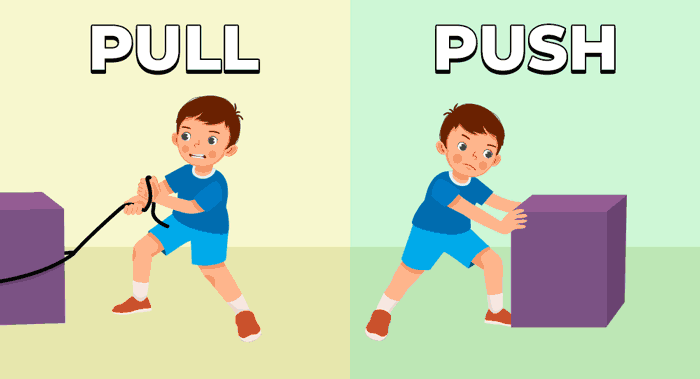
What are the effects of forces on an object?
A force acting on an object can cause the object to change its shape or size, to start moving, to stop moving, or to go faster or slower. Do the investigation described next to see these forces in action.
The effects of forces
You have found out that forces can:
- make an object move
- slow down a moving object
- stop a moving object
- change the direction an object is moving
- change the shape of an object.
Floating and Sinking
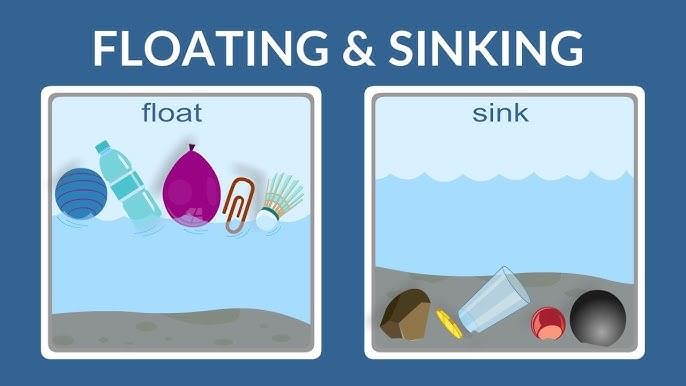
Forces acting on objects when they float or sink
- When an object is placed in water, two forces act on it:
- Weight: This is the force due to gravity pulling the object downwards.
- Upthrust: This is the force exerted by the water pushing the object upwards.
- For example, when you push a ball down into water, you can feel the water pushing back up against the ball. This upward force is called upthrust. Upthrust also causes water to be displaced or pushed out of the way.
- The concept of displacement was discovered by Archimedes, an ancient Greek scientist. One day, while sitting in his bath, Archimedes noticed that the water level rose as he got into the tub because he was displacing the water. He was so excited by this discovery that he ran into the street shouting, “Eureka!” which means “I have found it!” in Greek.
How do we know whether an object will float or sink?
To find out if an object will float or sink in water, we can compare its mass with the mass of the water it will displace. Here’s how it works:
- Measuring Mass: We measure the mass of the object in kilograms. This helps us see how heavy the object is compared to the water.
- Upthrust and Displacement: When an object is placed in water, it pushes some water out of the way. This is called displacement. The water that gets pushed up creates a force called upthrust (or buoyant force).
- Floating: If the mass of the object is less than or equal to the mass of the water displaced by upthrust, the object will float. This means the upthrust force is strong enough to support the object.
- Sinking: If the mass of the object is greater than the mass of water displaced by upthrust, the object will sink. In this case, the upthrust force is not enough to keep the object on the surface.
Why Does One Ball Float and the Other Sink?
- Floating Ball: The forces acting on the floating ball are balanced, meaning the upthrust (buoyant force) is equal to the weight of the ball. Even if the upthrust force was slightly stronger, the ball would still float.
- Sinking Ball: In contrast, the sinking ball has a greater gravitational force pulling it down than the upthrust force pushing it up. This is why it sinks below the water's surface.
- Container Ship: Despite its huge mass, a container ship can float because it displaces a greater mass of water than its own weight. The upthrust force acting on the ship is greater than its weight, allowing it to stay afloat.
How the shape of an object affects floating and sinking
Mass is not the only factor that determines whether an object will float or sink. The shape of the object also plays a significant role in this process. In the upcoming practical activity, we will explore the impact of an object's shape on its ability to float or sink.
Different circuits and circuit diagrams
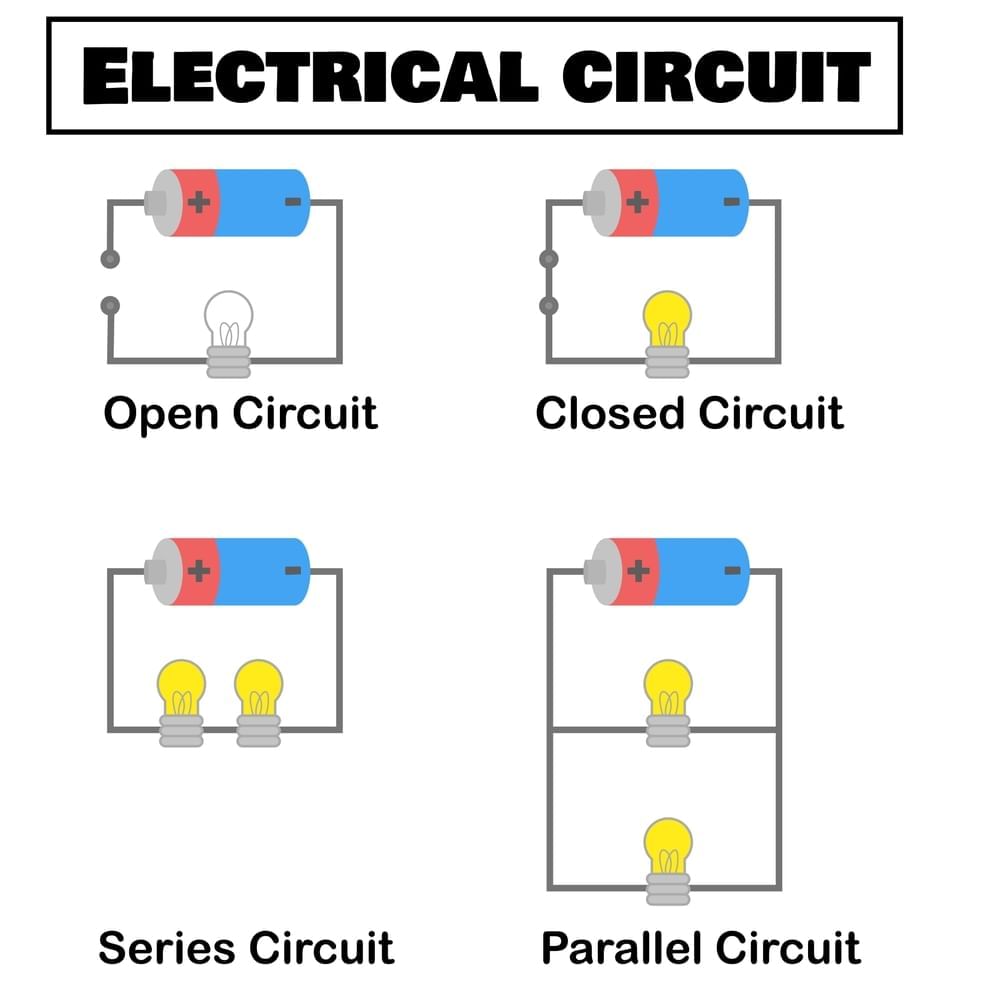
Circuit Diagrams
Circuit diagrams are a quick and efficient way to represent electrical circuits using symbols instead of detailed pictures of components.
- Circuit diagrams use conventional symbols that are recognized worldwide, making it easier for people to understand the circuit layout without the need for intricate drawings.
- Conventional symbols are standardized symbols used by everyone to represent different components in a circuit, ensuring consistency and clarity in communication.
- Cells and batteries in circuit diagrams are depicted with long and short lines that represent the negative and positive ends, respectively.
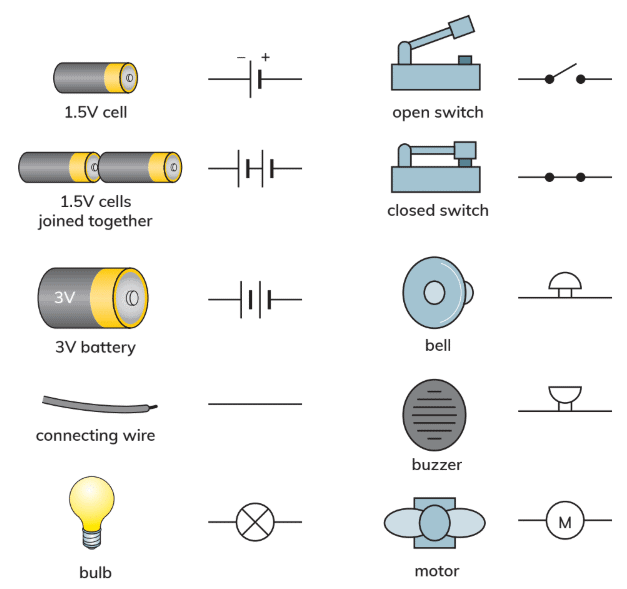
Adding Different Components to a Circuit
- Different components require different strengths of electricity to function. For instance, while you can replace a lamp with a buzzer in a circuit, a buzzer needs a stronger supply of electricity compared to a lamp.
- The strength of electricity is measured in units called volts (V). The specific strength of electricity that a component needs to operate is known as voltage.
- For example, if you want to use a 3 V buzzer in a circuit, you need a 3 V battery to power it. You can create a 3 V battery by connecting two 1.5 V cells together.
Series Circuits
- A series circuit is one where the electric current has only one path to follow. In a series circuit, all components are connected in a single pathway, so the current flows through each component one after the other.
- Example: Series circuits are commonly used in decorative strings of colored lamps, especially during festivals or parties to adorn trees, buildings, or rooms. In such setups, if one lamp malfunctions and stops working, it breaks the circuit, and none of the lamps will light up. This is because the electric current cannot complete its path. To identify the faulty lamp in a series circuit, you have to check each lamp individually, one by one, until you find the one that is not working.
Parallel Circuits
- A parallel circuit is a type of electrical circuit where each component is connected to the same voltage source, and each has its own separate pathway for the current to flow. This means that if one component (like a lamp) fails or burns out, the others can still operate because they have their own individual circuits.
- Example: In a parallel circuit, if you connect several lamps, each lamp has its own circuit with the battery. This way, if one lamp goes out, the others will continue to shine because they are not dependent on the same path for the electric current. Each pathway in a parallel circuit receives the full voltage from the battery.
|
29 docs|6 tests
|
FAQs on Forces and Electricity Chapter Notes - Year 6 Science IGCSE (Cambridge) - Class 6
| 1. What is the difference between mass and weight? |  |
| 2. How does gravity affect weight? |  |
| 3. How do we measure mass and weight? |  |
| 4. What is weightlessness? |  |
| 5. How do we determine if an object will float or sink? |  |















